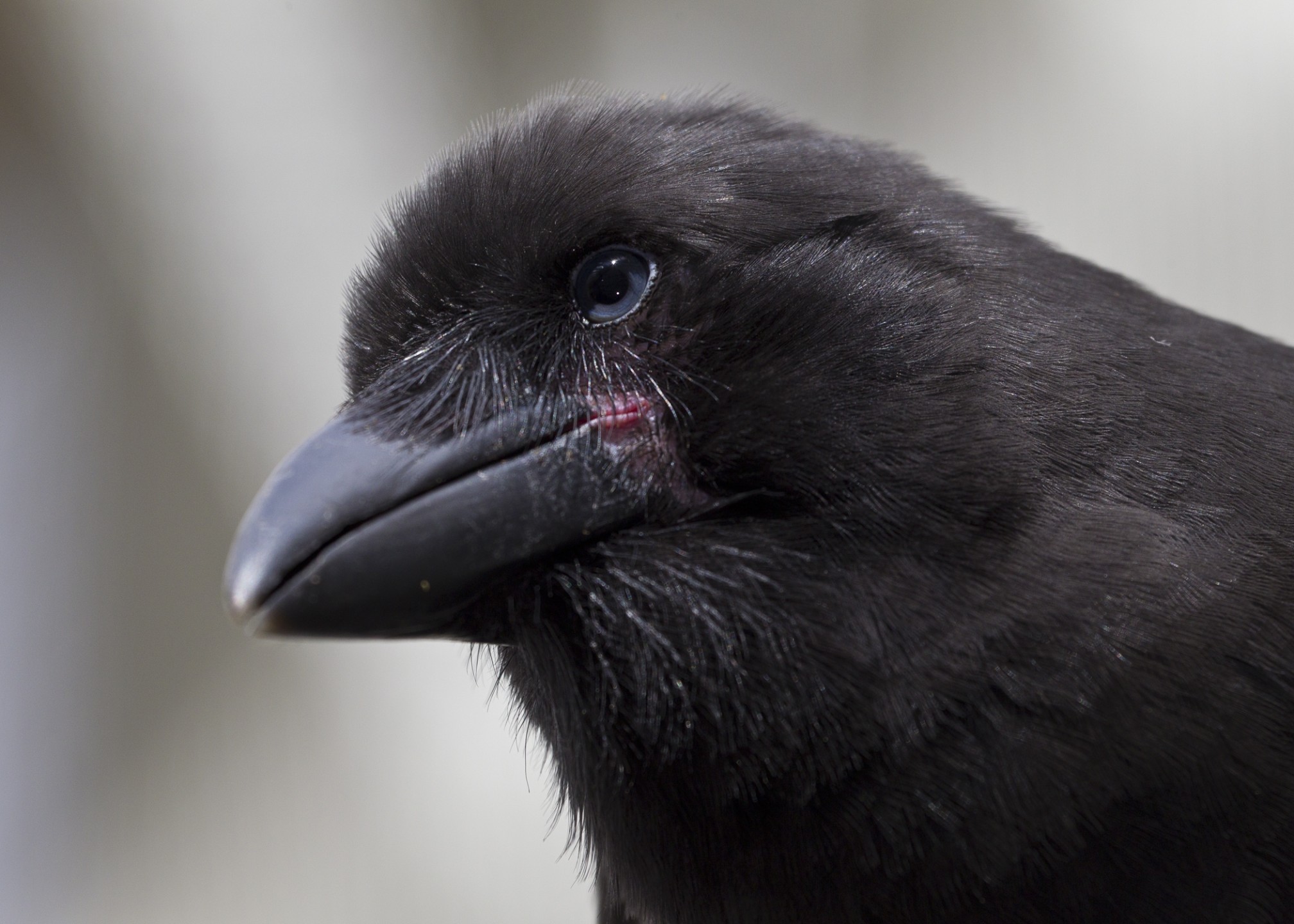A Complicated Crow
The alala, or Hawaiian crow, is one of many bird species native to Hawaii that is in danger of becoming extinct. The species was once numerous on the island of Hawaii, but due to habitat loss, loss of food resources, and introduction of nonnative predators that preyed on eggs and young birds, by 1992 there were only 11 wild alala left. The U.S. Fish and Wildlife Service asked a team from the Zoological Society of San Diego, The Peregrine Fund, and Greenfalk Consultants to create a conservation plan to save the species. The recovery plan was to collect eggs to be incubated at the Hawaii Endangered Bird Conservation Program (HEBCP) facilities, raise chicks, and eventually release the birds. Staff from the San Diego Zoo’s Avian Propagation Center went to Hawaii to participate in 1993, and, after a lot of work and some anxious days, seven alala chicks were successfully raised. Five were reintroduced, and two were kept to start a breeding program. Things were looking up for the critically endangered alala.
From 1996 to 2001, eight breeding pairs of alala had been raised at the HEBCP center. But there were problems. The birds were showing behaviors that were not typical for adults, including very active and even aggressive behaviors that disrupted nesting and often resulted in broken eggs. Researchers from the Behavioral Biology Division of the Center for Reproduction of Endangered Species (CRES) determined that three of the males were causing most of the trouble, probably because they were the only successful hatchings in their years and had been raised without the company of other crows, therefore not developing proper social behavior. So in 2002, they were “retired” from the breeding program, and became their own bachelor group instead.
The conservation efforts continued for Hawaii’s handsome, intelligent, but complicated crow. In 2002, there were now 35 birds in managed care—but only 2 left in the wild.
